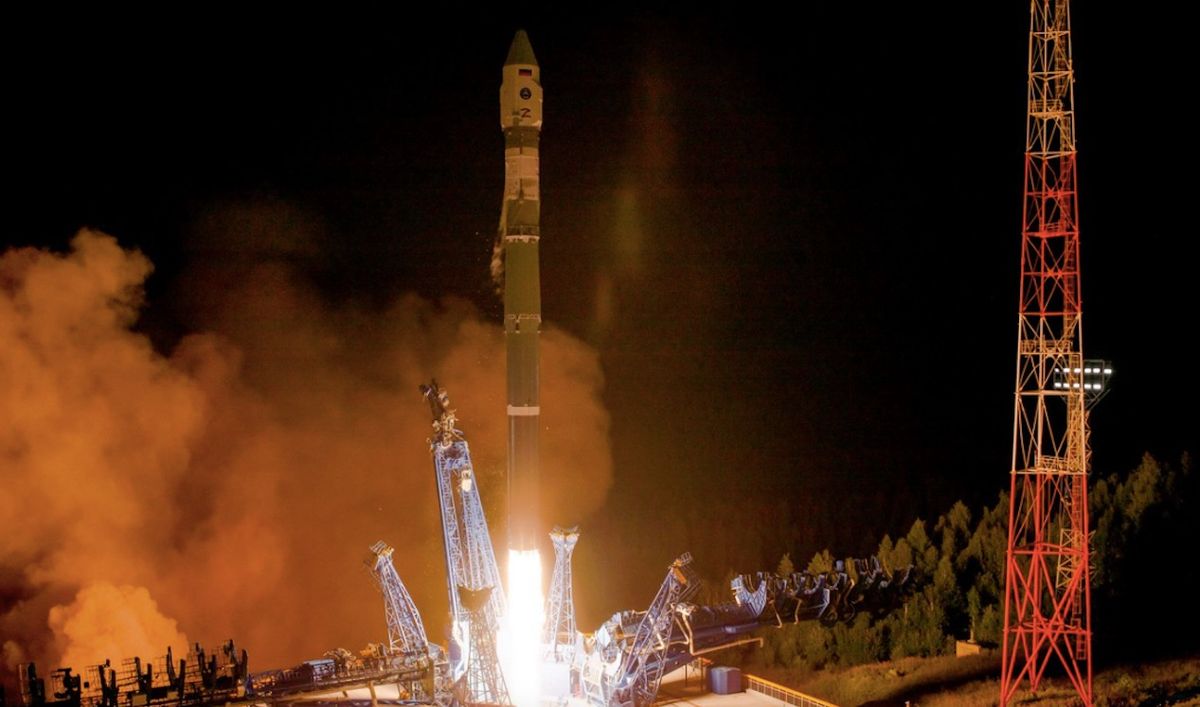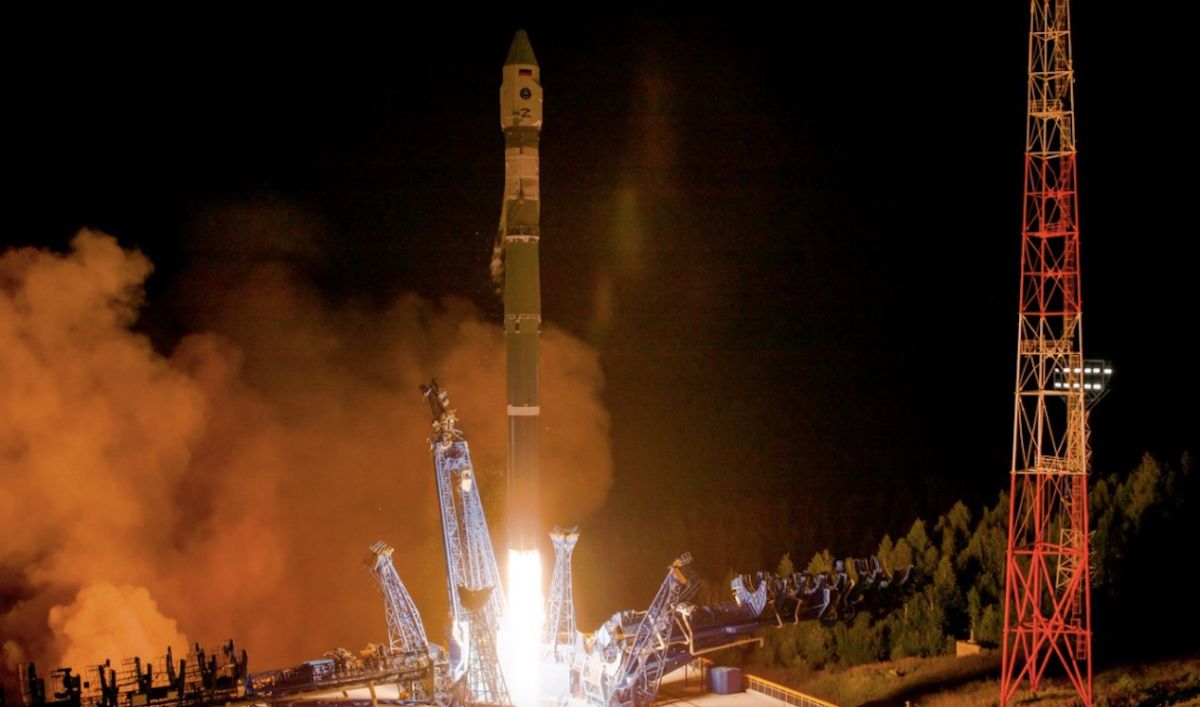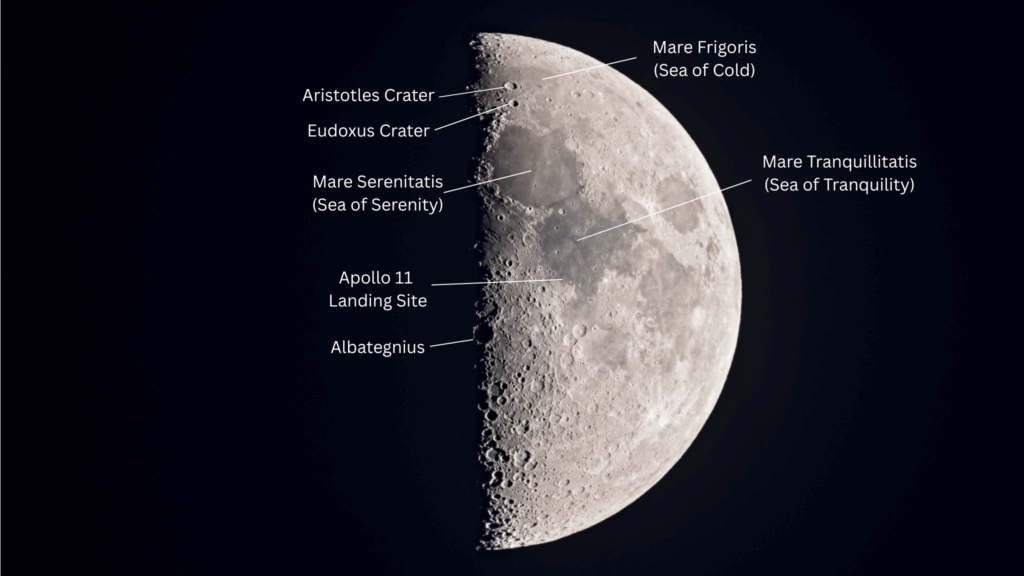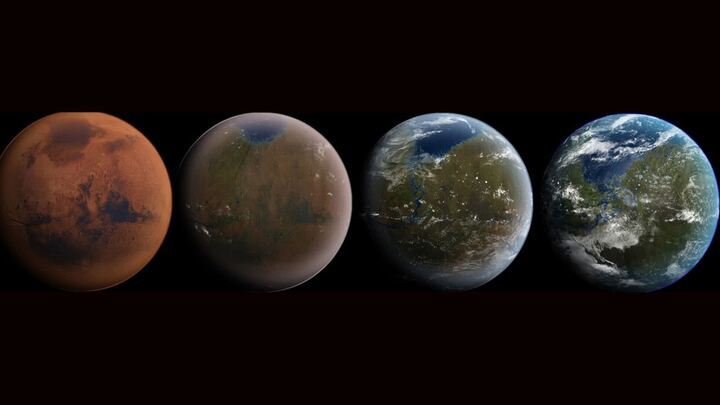
A newly launched Russian spy satellite may be tasked with stalking one of its American counterparts.
The Russian satellite, known as Kosmos 2558 (opens in new tab), was rumored to be an “inspector” craft even before it lifted off on Monday (Aug. 1), Netherlands-based satellite tracker Marco Langbroek noted in a blog post on Tuesday (opens in new tab) (Aug. 2). And those rumors are unlikely to die down anytime soon.
Kosmos 2558 launched into the same orbital plane as USA 326, an American spy satellite that rode a SpaceX Falcon 9 rocket to orbit this past February, Langbroek noted. The two satellites are close in altitude as well, and they’re scheduled to have a relatively close encounter soon, provided neither one performs any significant maneuvers over the next day or so.
Related: Declassified US spy satellite photos & designs
“With the current orbit, Kosmos 2558 will make a relatively close approach to USA [326] at August 4 near 14:47 UTC [10:47 a.m. EDT],” Langbroek wrote. “The approach distance is ~75 km [47 miles]; almost all of that (73 km [45 miles]) is in altitude.”
To be fair, USA 326 does seem to be pretty interesting. The classified American satellite ejected something recently — either a subsatellite or a piece of debris — according to astrophysicist and satellite tracker Jonathan McDowell (opens in new tab), who’s based at the Harvard-Smithsonian Center for Astrophysics.
It wouldn’t be shocking if Kosmos 2558 were a spysat stalker. After all, two Russian satellites maneuvered within about 100 miles (160 km) of the United States’ USA 245 spacecraft in early 2020, as Langbroek noted.
Related stories:
American officials weren’t pleased with that apparent orbital inspection.
“We view this behavior as unusual and disturbing,” Gen. John “Jay” Raymond, chief of space operations for the U.S Space Force, told Time magazine (opens in new tab) at the time. “It has the potential to create a dangerous situation in space.”
Is Kosmos 2558 up to the same sorts of tricks? “It will be interesting to follow both satellites [in] the coming weeks, to see what happens,” Langbroek wrote.
Mike Wall is the author of “Out There (opens in new tab)” (Grand Central Publishing, 2018; illustrated by Karl Tate), a book about the search for alien life. Follow him on Twitter @michaeldwall (opens in new tab). Follow us on Twitter @Spacedotcom (opens in new tab) or on Facebook (opens in new tab).



